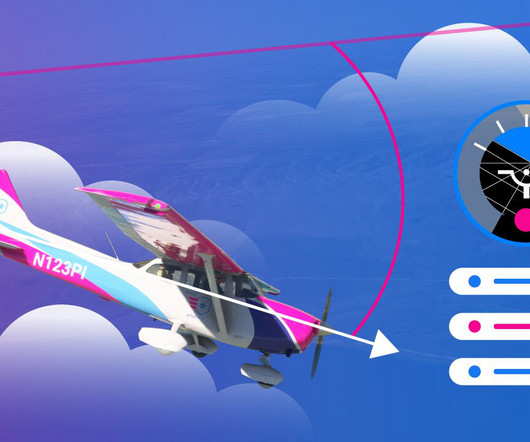How to Fly Perfect Lazy Eights
Pilot Institute
MAY 9, 2024
Lazy eights sound like the least challenging commercial checkride maneuver to learn. We counteract adverse yaw by applying rudder in the direction of the turn. The amount of rudder required depends on roll rate and airspeed. Airspeed and attitude change constantly, and we must change rudder input along with them.












Let's personalize your content